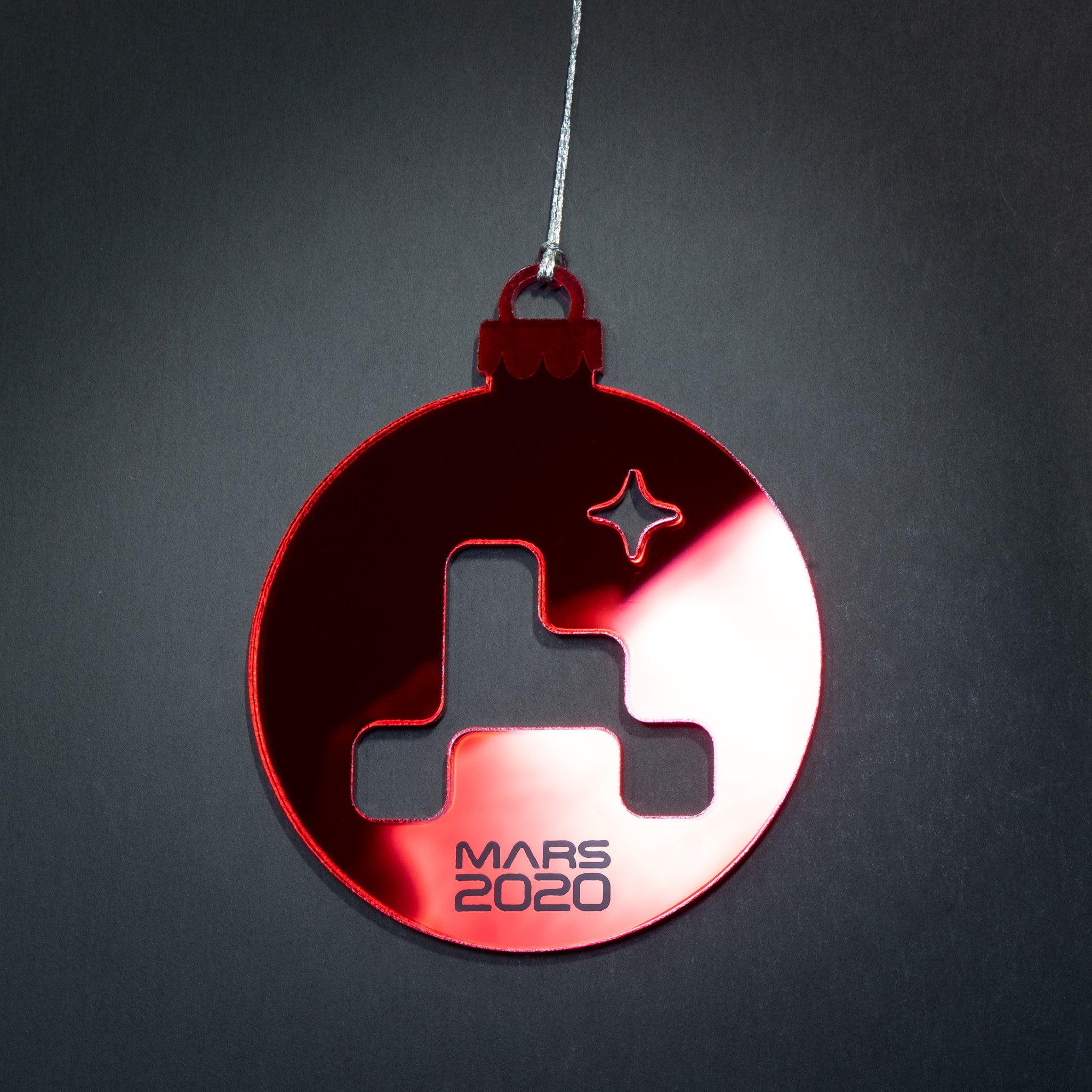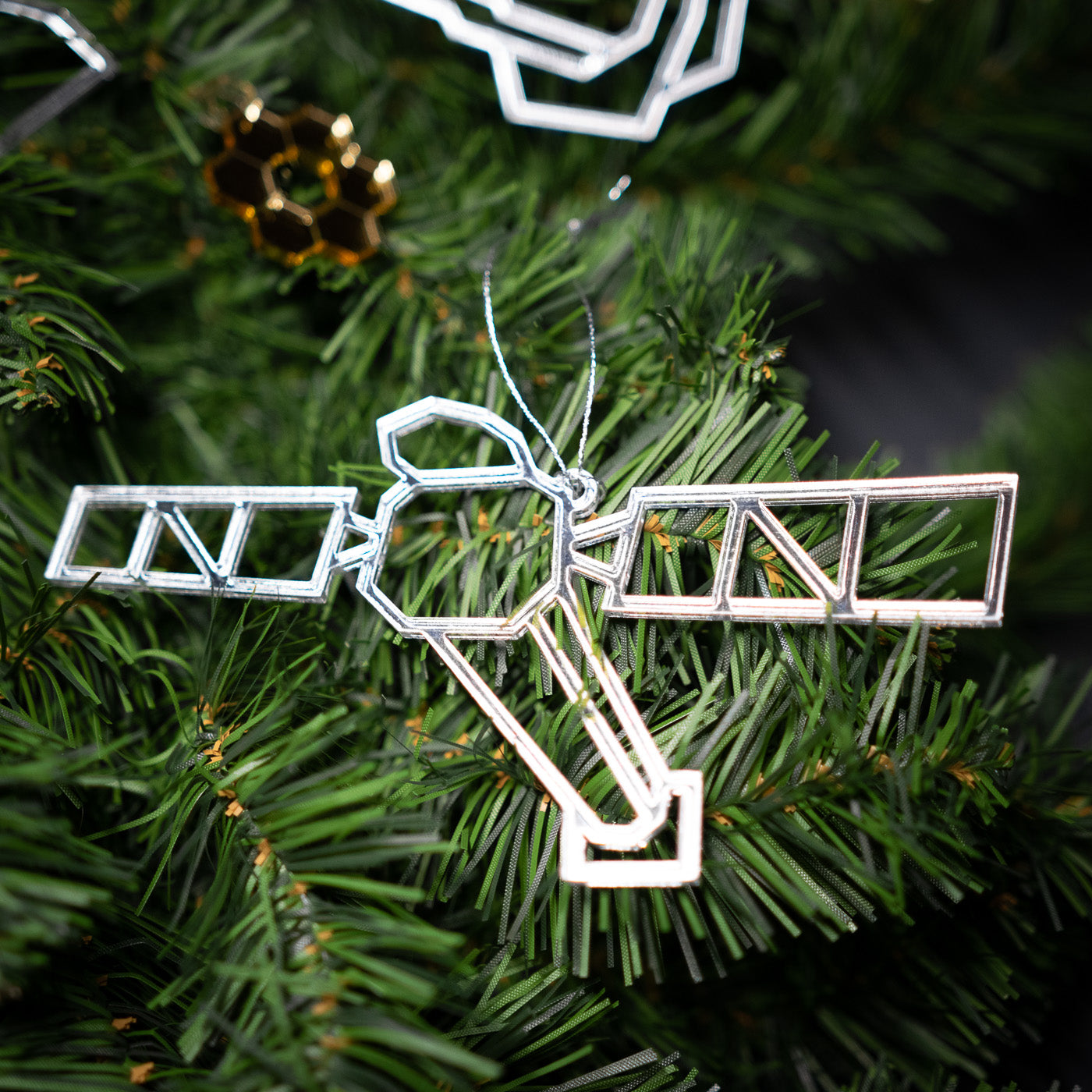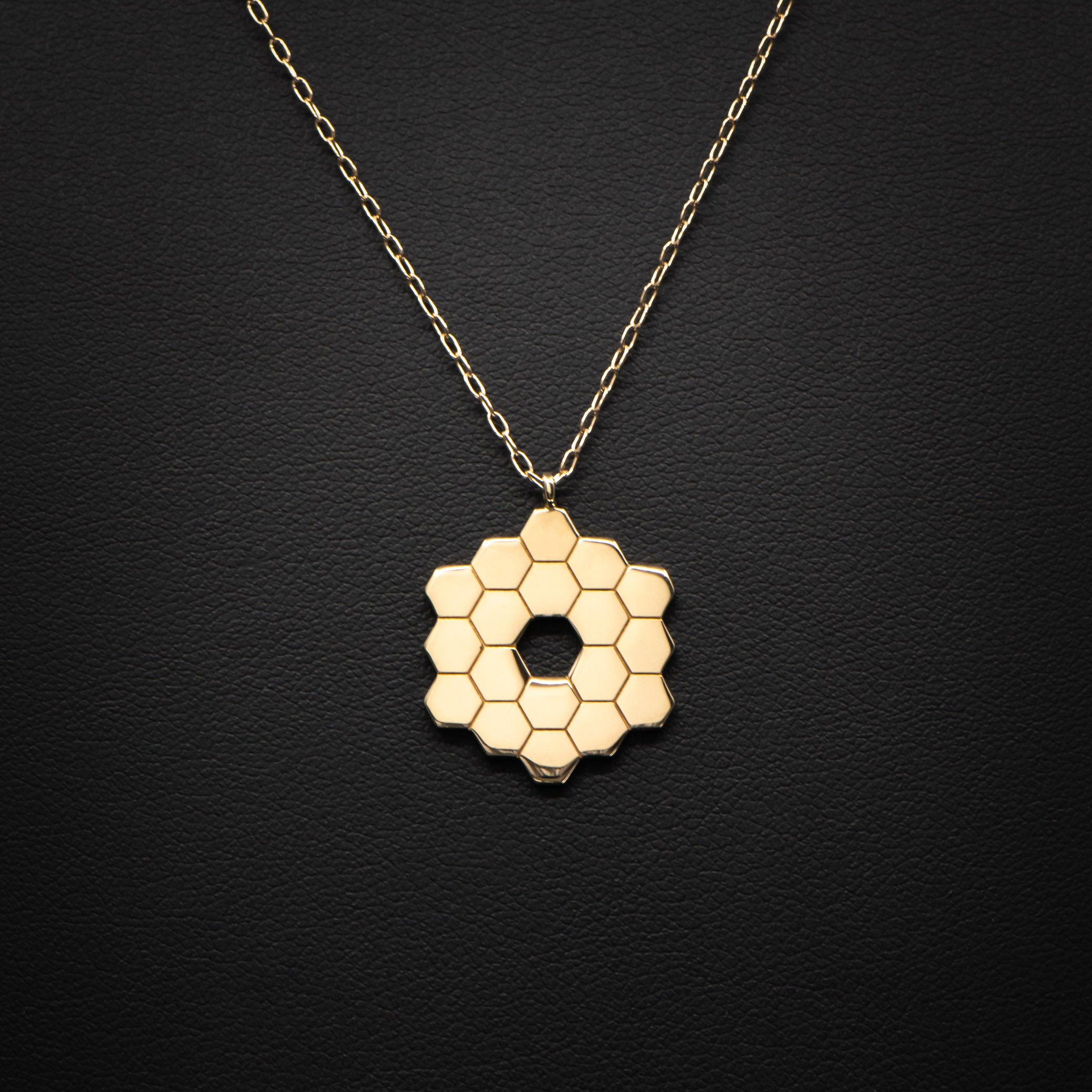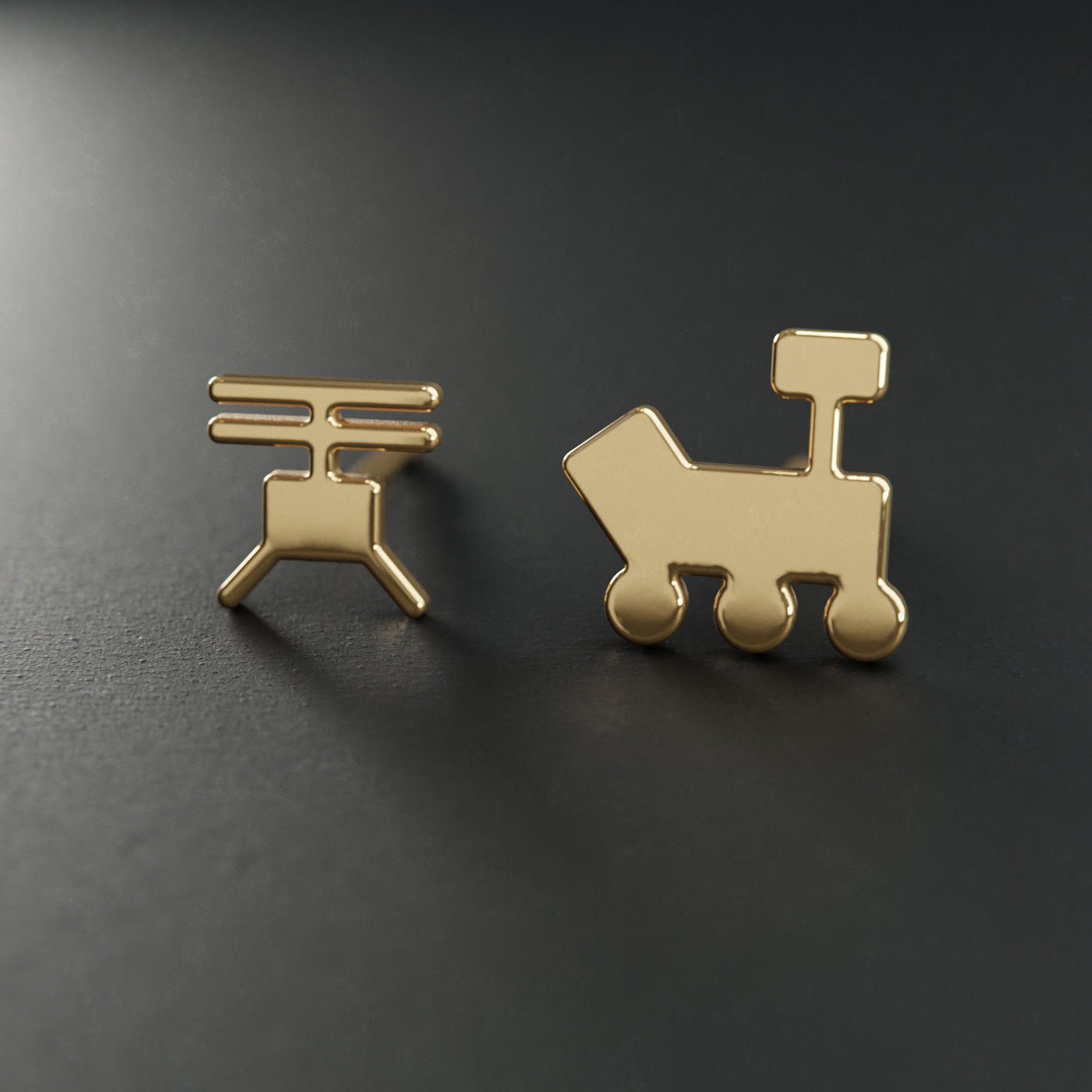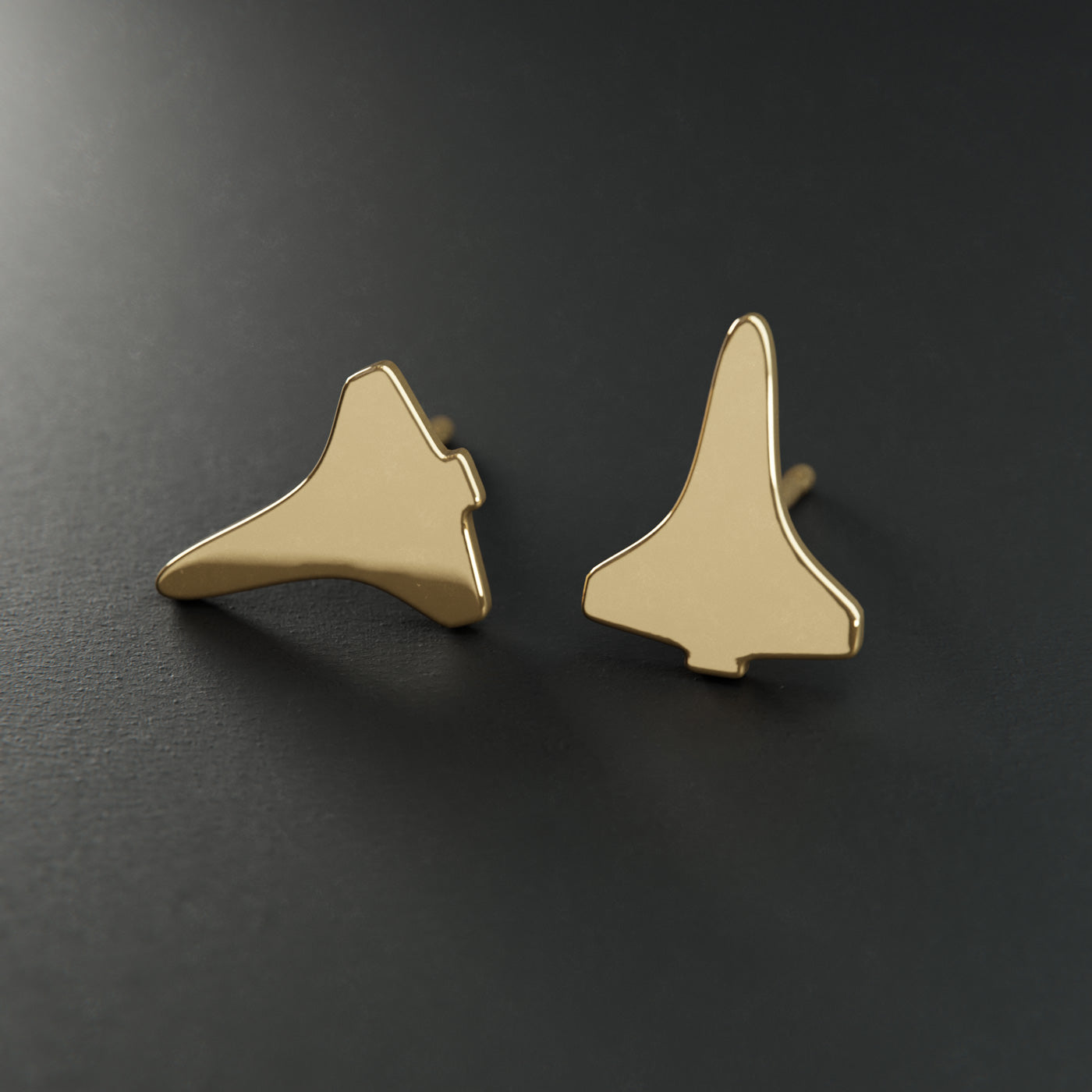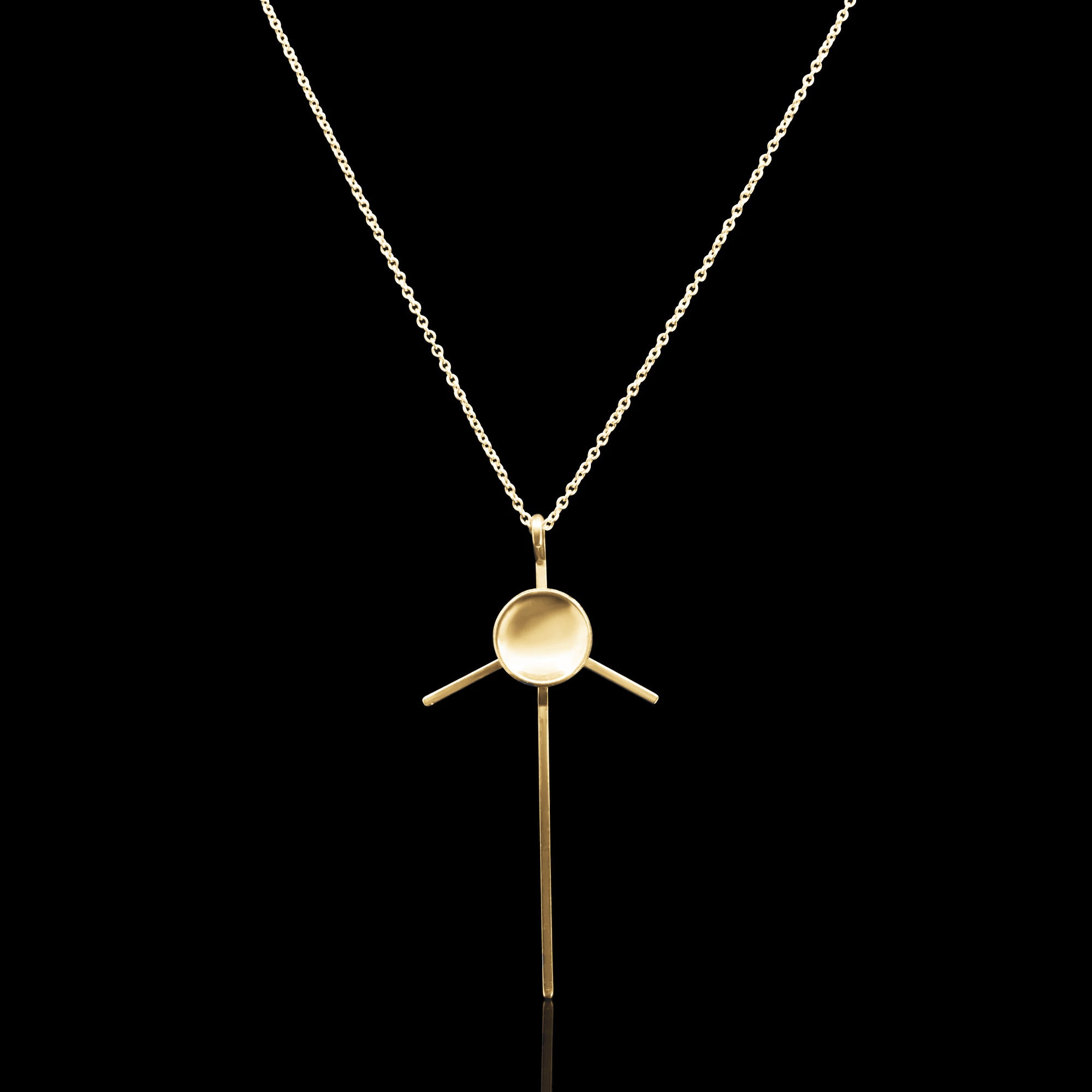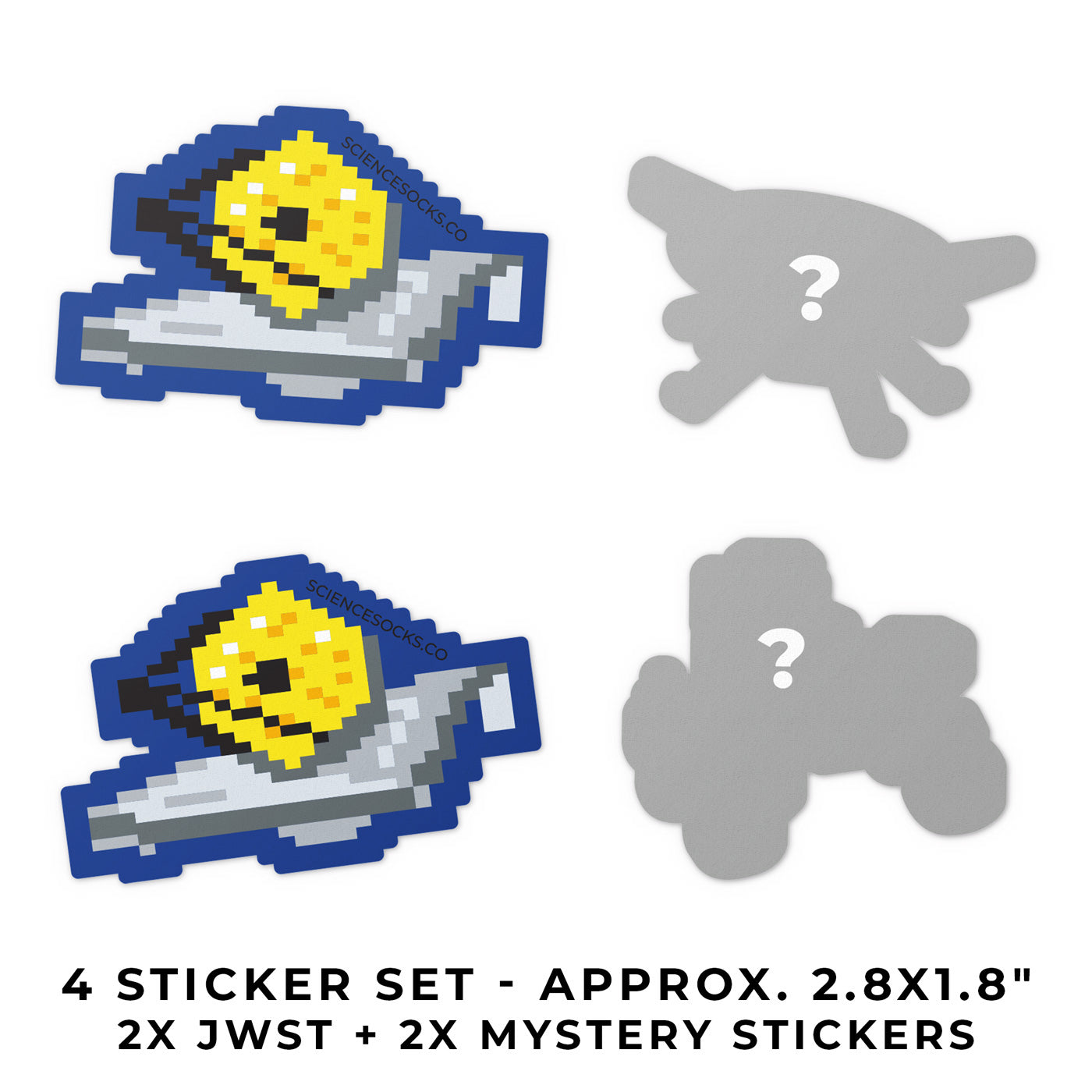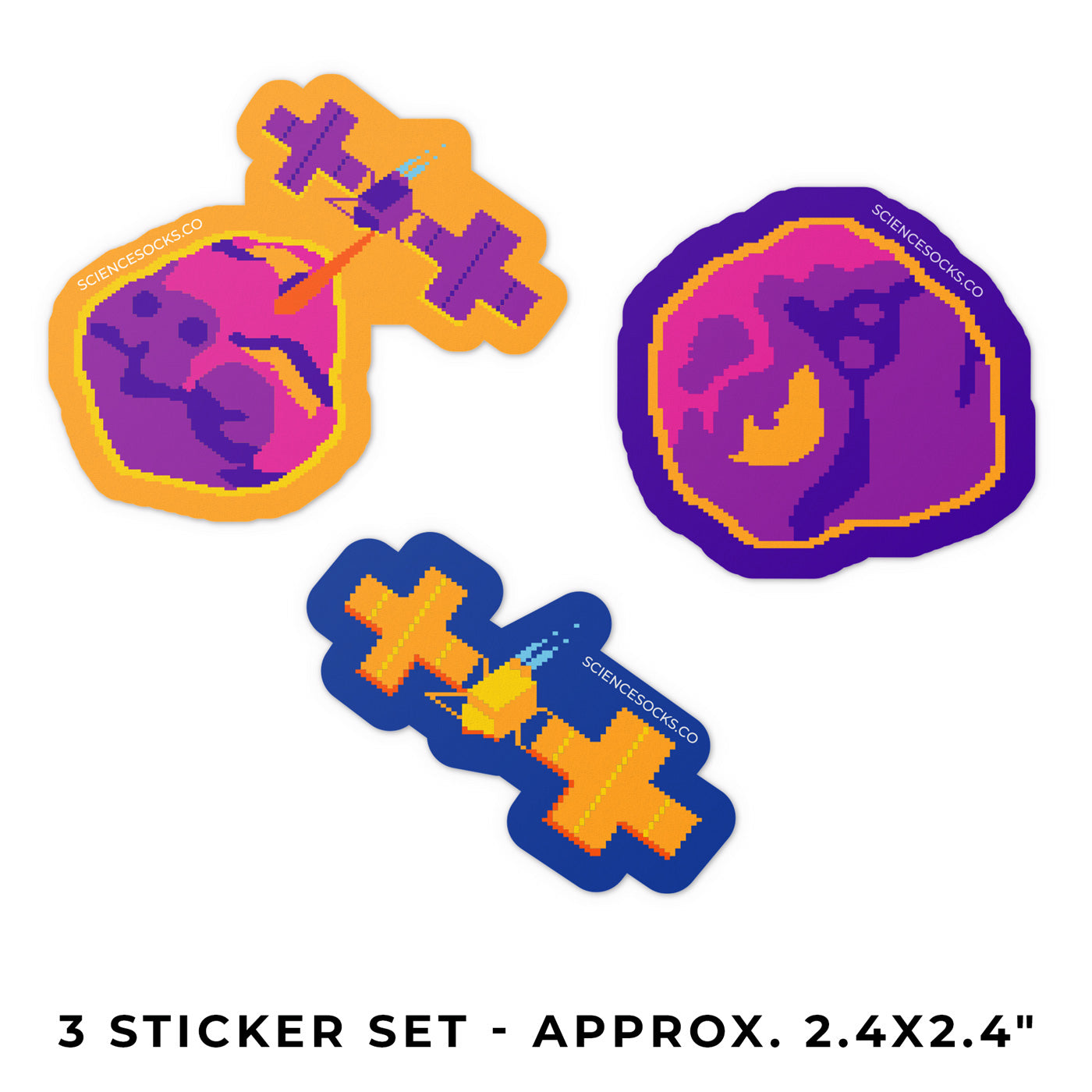The James Webb Space Telescope Feed
The most extensive source of information about James Webb Space Telescope. JWST Feed contains every single piece of data from the telescope, and is updating live every few minutes. Our goal is to make the full JWST data accessible for the public.
- Search
- Filter
- Feed
JADES: Resolving the Stellar Component and Filamentary Overdense Environment of HST-Dark Submillimeter Galaxy HDF850.1 at z=5.18

JADES: Resolving the Stellar Component and Filamentary Overdense Environment of HST-Dark Submillimeter Galaxy HDF850.1 at z=5.18

JADES: Resolving the Stellar Component and Filamentary Overdense Environment of HST-Dark Submillimeter Galaxy HDF850.1 at z=5.18

JADES: Resolving the Stellar Component and Filamentary Overdense Environment of HST-Dark Submillimeter Galaxy HDF850.1 at z=5.18

JADES: Resolving the Stellar Component and Filamentary Overdense Environment of HST-Dark Submillimeter Galaxy HDF850.1 at z=5.18 | GN10

JADES: Resolving the Stellar Component and Filamentary Overdense Environment of HST-Dark Submillimeter Galaxy HDF850.1 at z=5.18 | GN10

JADES: Insights on the low-mass end of the mass--metallicity--star-formation rate relation at 3 < z < 10 from deep JWST/NIRSpec spectroscopy Published: 4/17/2023 9:00:01 PM Updated: 9/11/2023 11:55:00 PM
JADES: Resolving the Stellar Component and Filamentary Overdense Environment of HST-Dark Submillimeter Galaxy HDF850.1 at z=5.18
Kevin Hainline | And in this paper, we collected them across the JADES (@JADES_astro) footprint, as well as another large deep JWST survey, CEERS (@ceers_jwst), and fit them to see how hot they were, and how far away they were. This one is ~1050K on its surface, and 380pc (1239 light years) away!

Kevin Hainline | Brown dwarf stars are *much* cooler than the Sun. And as a result, they give off a lot of light in the infrared, right in the wavelengths covered by JWST NIRCam. While looking through JADES, we found these little point-like objects that were NOTHING like galaxies.

JADES Initial Data Release for the Hubble Ultra Deep Field: Revealing the Faint Infrared Sky with Deep JWST NIRCam Imaging

JADES Initial Data Release for the Hubble Ultra Deep Field: Revealing the Faint Infrared Sky with Deep JWST NIRCam Imaging

JADES Initial Data Release for the Hubble Ultra Deep Field: Revealing the Faint Infrared Sky with Deep JWST NIRCam Imaging

JADES Initial Data Release for the Hubble Ultra Deep Field: Revealing the Faint Infrared Sky with Deep JWST NIRCam Imaging

JADES Initial Data Release for the Hubble Ultra Deep Field: Revealing the Faint Infrared Sky with Deep JWST NIRCam Imaging

JADES Initial Data Release for the Hubble Ultra Deep Field: Revealing the Faint Infrared Sky with Deep JWST NIRCam Imaging

JADES Initial Data Release for the Hubble Ultra Deep Field: Revealing the Faint Infrared Sky with Deep JWST NIRCam Imaging

JADES Initial Data Release for the Hubble Ultra Deep Field: Revealing the Faint Infrared Sky with Deep JWST NIRCam Imaging

JADES Initial Data Release for the Hubble Ultra Deep Field: Revealing the Faint Infrared Sky with Deep JWST NIRCam Imaging Published: 6/4/2023 11:44:22 PM Updated: 9/2/2023 12:26:54 AM
JWST CEERS & JADES Active Galaxies at z = 4-7 Violate the Local M_\bullet-M_\star Relation at >3σ: Implications for Low-Mass Black Holes and Seeding Models Published: 8/23/2023 9:00:00 PM Updated: 8/23/2023 9:00:00 PM
Ionised gas kinematics and dynamical masses of z >= 6 galaxies from JADES/NIRSpec high-resolution spectroscopy

Ionised gas kinematics and dynamical masses of z >= 6 galaxies from JADES/NIRSpec high-resolution spectroscopy

Ionised gas kinematics and dynamical masses of z\gtrsim6 galaxies from JADES/NIRSpec high-resolution spectroscopy
JADES | Enhanced Sub-kpc Scale Star-formation: Results From A JWST Size Analysis of 339 Galaxies At 5 < z < 14

JADES | Enhanced Sub-kpc Scale Star-formation: Results From A JWST Size Analysis of 339 Galaxies At 5 < z < 14

